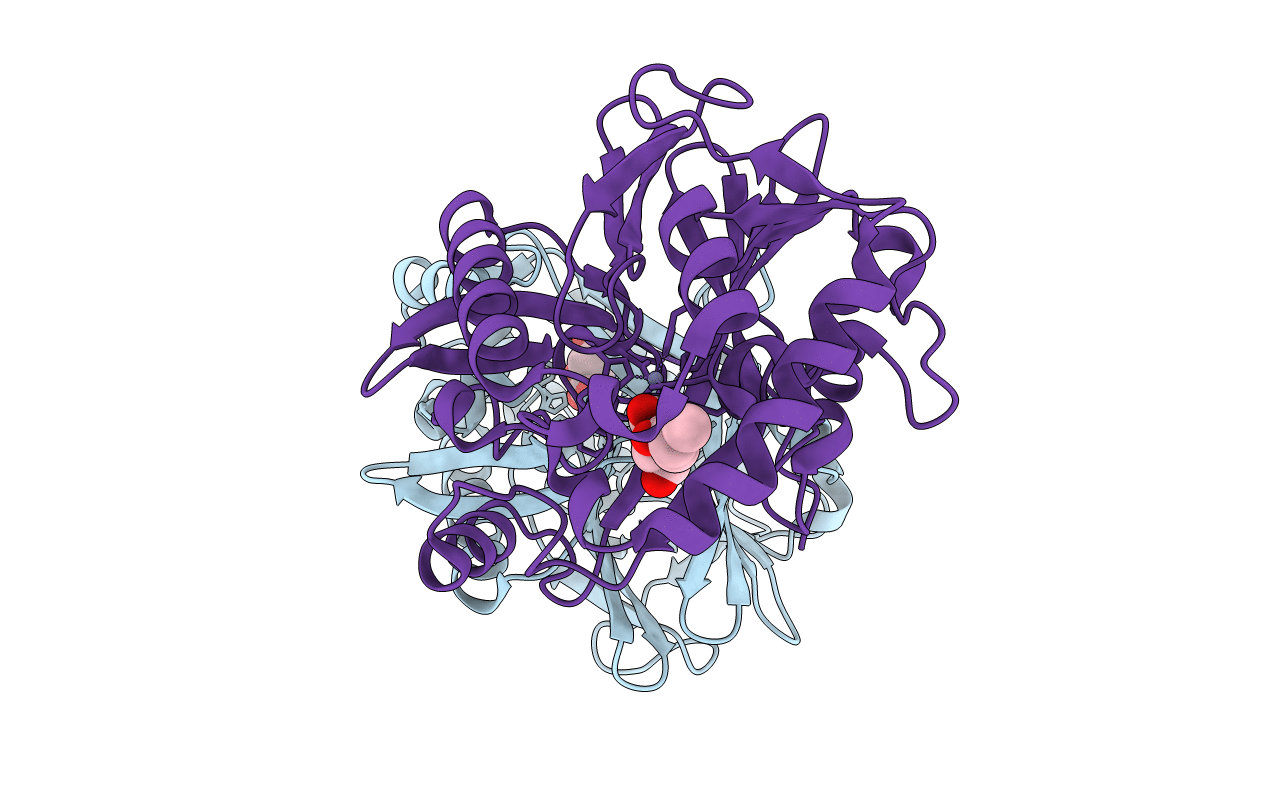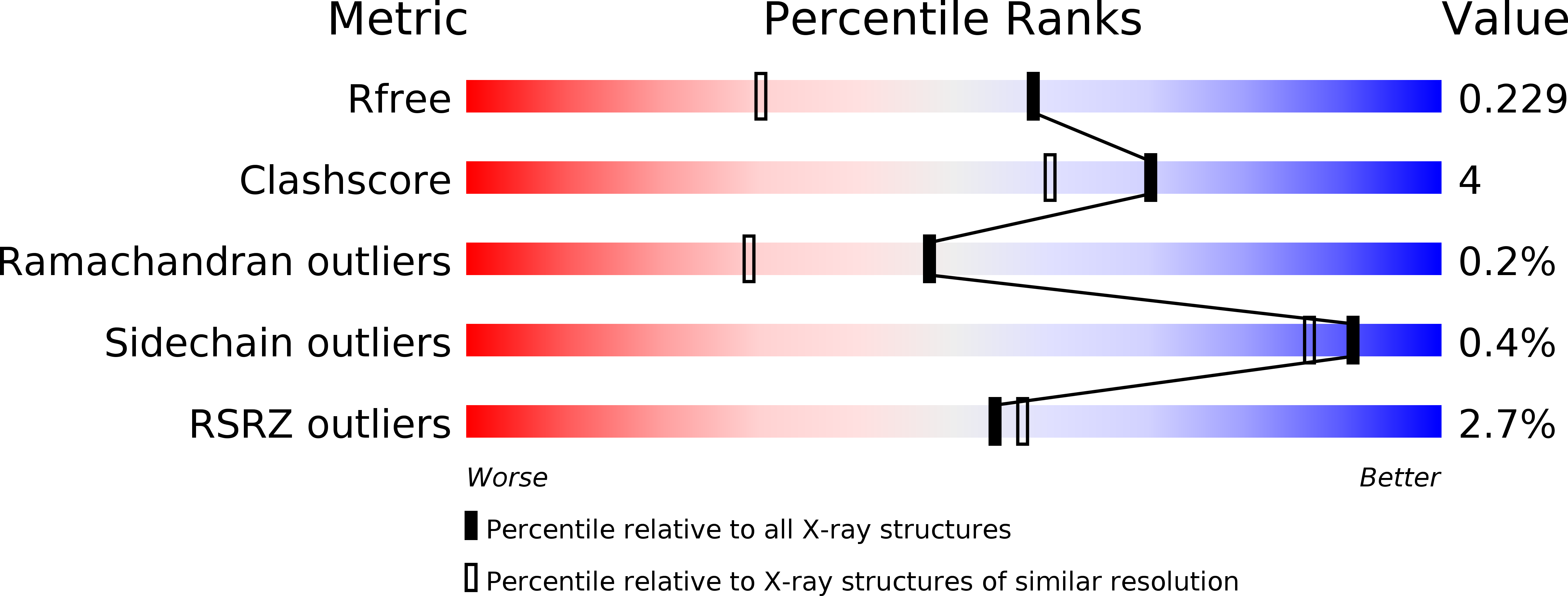
Deposition Date
2015-05-05
Release Date
2015-07-15
Last Version Date
2023-09-27
Entry Detail
PDB ID:
4ZO3
Keywords:
Title:
AidC, a Dizinc Quorum-Quenching Lactonase, in complex with a product N-hexnoyl-L-homoserine
Biological Source:
Source Organism:
Chryseobacterium sp. StRB126 (Taxon ID: 878220)
Host Organism:
Method Details:
Experimental Method:
Resolution:
1.67 Å
R-Value Free:
0.22
R-Value Work:
0.18
R-Value Observed:
0.18
Space Group:
P 21 21 21


